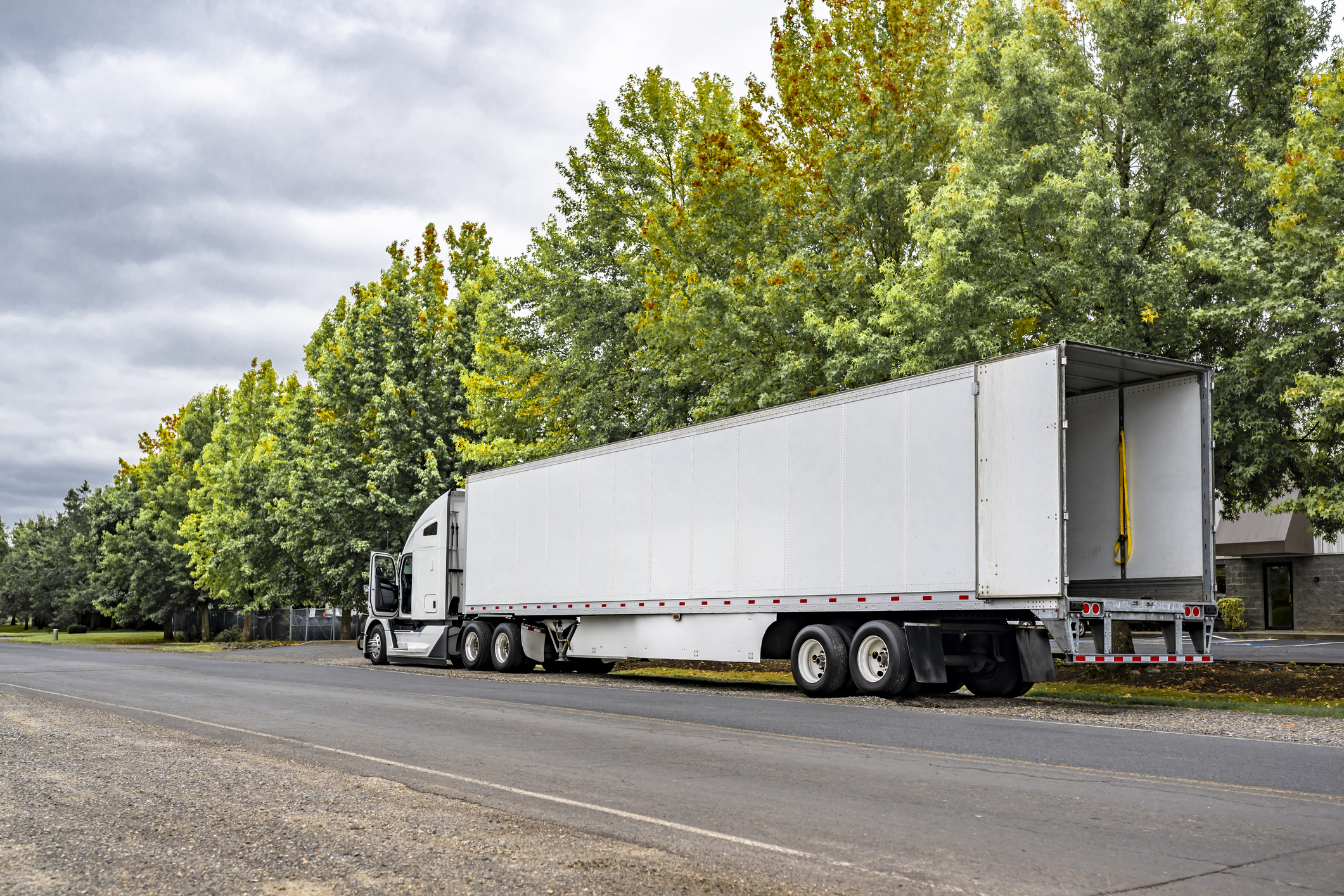Owner-Operators, Retention and Feedback: What You Need to Know

According to the Owner-Operator Independent Drivers Association (OOIDA), there are approximately 350,000 owner-operators across the country—totalling about 9 percent of the trucks on the road.
These truckers drive more than 115,000 miles per year—more than 3 million miles in their lifetime—and are involved in fewer and less severe accidents than any other segment of the truck driving population.
In other words, owner-operators made a choice to make trucking their business, not just their job. And they take that business seriously.
But, for drivers, making the transition from company driver to owner-operator can be a difficult shift. And it’s in every carrier’s best interest to ensure those drivers succeed.
Where Owner-Operators Struggle
Imagine that you’re a company driver at a company with an owner-operator division. You’ve been putting money away for years and the lease-purchase option your company offers sounds tempting.
While the actual function of the job is the same—you’re still driving—the similarities end there. There’s a high level of financial risk in purchasing a truck, and the costly repairs that you’re on the hook for can only complicate things. But the freedom, for some, is irreplaceable.
Becoming an owner-operator is a bit like becoming a franchisee of a restaurant: while you’re technically doing your own thing and are the master of your own financial destiny, you’re heavily dependent on the company you’ve contracted with.
It’s entrepreneurship. By definition, it’s risky.
And that first foray into owning a business can be a lot to bear: unforeseen truck expenses, ceaseless worries about staying afloat, paying off your truck and so much more.
Why do these concerns matter to companies?
Why They’re Important to Keep
While keeping all of your trucks full is important—it can cost thousands of dollars to replace a driver, let alone retrain one—it’s doubly important for companies to do anything they can to ensure the success of their owner-operators.
Why? Because owner-operators are some of the best, most tenured drivers a company can have—more than an average company driver.
On average, owner-operators have:
- Been the trucking business for 26 years
- Became an owner-operator at 37 years old
- Been an owner-operator for over 18 years
Much of success or failure as an owner-operator isn’t contingent on driving well. It depends on how well you know the ropes of the business side of things: budgeting, paying for maintenance and so much more. And mastering that side of the business can take some coaching.
As a carrier, it’s up to you to ensure these drivers stay on your team by giving them the support they need.
What Companies Can Do
It’s easy to tell your owner-operators that they’re on their own—that your company doesn’t provide much in the way of support for the financial aspects of their business. But that’s a short-sighted move.
Your goal, with your owner-operator fleet, is not just to retain them. It’s to make sure they’re a continuously improving profit center for your company. When owner-operators succeed, so do their companies.
All owner-operators, especially ones just starting out, need guidance and assistance from their company. And if you’re not there to provide that guidance, they’ll migrate toward another company that is.
By providing a mobile platform that your owner-operators can use to ask for assistance and provide feedback on areas of improvement, you’ll be able to better understand the challenges faced by new and current owner-operators. More than that, you’ll be able to make quick, ongoing adjustments to optimize processes and keep drivers on your team.
Learn more about the bottom-line benefits of an engaged team of drivers. Download our case study to see how one carrier saved $580,000 in just six months.
Let's Build Better Workplaces Together
Revolutionize your company culture and your worker retention rates by improving communication and engagement.
Book a Demo

